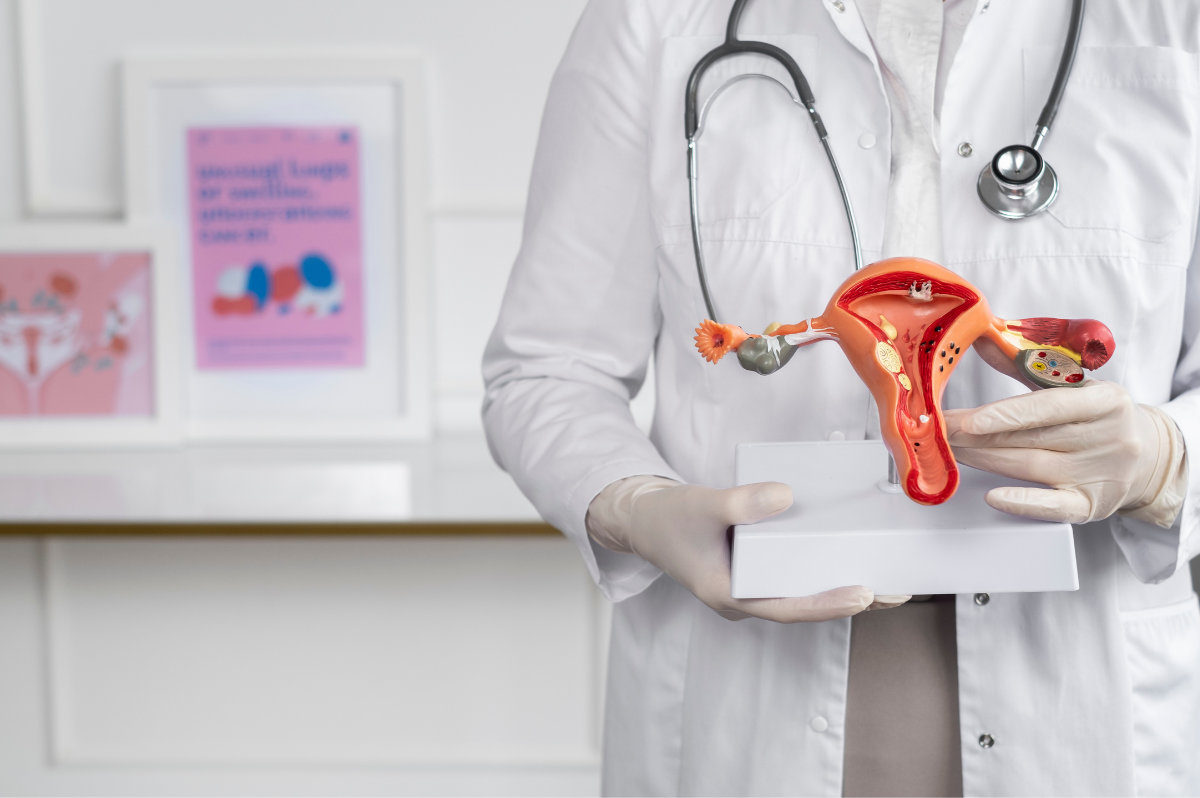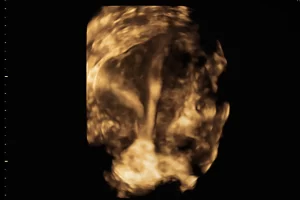Septate Uterus: How It Affects Fertility and Treatment Options
A common concern among women diagnosed with a septate uterus is whether this condition can affect their ability to conceive and maintain a pregnancy. While some women with this congenital anomaly may have successful pregnancies without complications, in other cases, it can increase the risk of miscarriages or implantation failure. Below, we explore what a septate uterus is, how it is diagnosed, and what treatment options can improve fertility outcomes in assisted reproduction.

What Is a Septate Uterus?
A septate uterus is one of the most common congenital uterine malformations, characterized by a fibrous or muscular partition that partially or cWhat Is a Septate Uterus? A septate uterus is one of the most common congenital uterine malformations, characterized by a fibrous or muscular partition that partially or completely divides the uterine cavity. Although the uterus may appear normal externally, this division can interfere with embryo implantation and increase pregnancy complications.ompletely divides the uterine cavity. Although the uterus may appear normal externally, this division can interfere with embryo implantation and increase pregnancy complications.

Types of Septate Uterus
- Partial septate uterus: The partition does not reach the cervical opening, allowing some communication between the two halves.
- Complete septate uterus: The partition extends to the internal or external cervical opening, fully dividing the uterine cavity.
How Does a Septate Uterus Affect Fertility?
The impact of a septate uterus on fertility depends on the severity of the condition. Possible complications include:
- Increased miscarriage risk: Particularly in complete septate uterus, where embryo implantation may be compromised.
- Implantation issues: The septum has poor blood supply, making it difficult for the embryo to attach successfully.
- Preterm birth and fetal malposition: The reduced uterine space can sometimes affect pregnancy progression.
How Does a Septate Uterus Affect Fertility?
The impact of a septate uterus on fertility depends on the severity of the condition. Possible complications include:
- Increased miscarriage risk: Particularly in complete septate uterus, where embryo implantation may be compromised.
- Implantation issues: The septum has poor blood supply, making it difficult for the embryo to attach successfully.
- Preterm birth and fetal malposition: The reduced uterine space can sometimes affect pregnancy progression.

How Is a Septate Uterus Diagnosed?
To diagnose a septate uterus, several imaging techniques help assess its structure:
- 3D Ultrasound: Provides a detailed view of uterine morphology and distinguishes a septate uterus from other anomalies like a bicornuate uterus.
- Magnetic Resonance Imaging (MRI): Offers a more comprehensive evaluation of uterine malformations.
- Diagnostic Hysteroscopy: A minimally invasive procedure where a small camera is inserted through the cervix to examine the uterine cavity.
Treatment for Septate Uterus
When a septate uterus is associated with recurrent miscarriages or implantation failure, the recommended treatment is hysteroscopic surgery. This procedure removes the uterine septum and restores the uterine anatomy, significantly improving pregnancy success rates.
What Is Hysteroscopic Surgery?
- A minimally invasive procedure performed under sedation.
- Allows for a quick recovery with minimal post-operative discomfort.
- Should ideally be performed before attempting pregnancy.
A septate uterus is a common condition that may affect fertility and pregnancy outcomes. However, with early diagnosis and appropriate treatment, many women achieve successful pregnancies. At Clínica Fertia, we offer personalized treatment plans to help improve fertility outcomes and maximize the chances of conception.
¿Qué es el Útero Septo?
Es una de las malformaciones congénitas más comunes, caracterizada por la presencia de un abique fibroso o muscular que divide parcial o completamente la cavidad uterina. Aunque externamente el útero tiene un aspecto normal, internamente la cavidad queda restringida, lo que puede afectar la implantación del embrión y aumentar el riesgo de complicaciones en el embarazo.
[
Tipos de Útero Septo
- Útero septo parcial: El tabique no llega hasta el orificio cervical, permitiendo comunicación entre ambas mitades del útero.
- Útero septo completo: El tabique alcanza el orificio interno o externo del útero, dividiendo completamente la cavidad uterina en dos.
¿Cómo Afecta a tu Fertilidad?
El impacto varía según la extensión del tabique y la anatomía uterina de cada mujer. Algunas posibles consecuencias incluyen:
- Mayor riesgo de abortos espontáneos: Especialmente en casos de útero septo completo, donde la implantación del embrión se ve comprometida.
- Problemas en la implantación: El tabique uterino tiene una irrigación sanguínea deficiente, lo que puede dificultar la correcta adhesión del embrión.
- Partos prematuros y malposición fetal: En algunos casos, el menor espacio en la cavidad uterina puede afectar el desarrollo del embarazo.
Diagnóstico del Útero Septo
Para diagnosticarlo, se emplean diversas técnicas de imagen que permiten evaluar la forma y estructura del útero:
- Ecografía 3D: Permite visualizar la morfología interna del útero y diferenciar entre un útero septo y otras anomalías, como el útero bicorne.
- Resonancia magnética: Útil para una evaluación detallada de la cavidad uterina y otras posibles malformaciones asociadas.
- Histeroscopia diagnóstica: Procedimiento mínimamente invasivo que permite observar el interior del útero mediante una pequeña cámara.

Tratamientos para el Útero Septo
Cuando el útero septo se asocia con abortos de repetición o problemas de implantación, el tratamiento recomendado es la histeroscopia quirúrgica. Esta técnica permite eliminar el tabique y restaurar la anatomía normal del útero, mejorando significativamente las probabilidades de embarazo.
¿En Qué Consiste la Histeroscopia Quirúrgica?
- Es una cirugía mínimamente invasiva realizada bajo sedación.
- Permite una recuperación rápida, con mínimas molestias postoperatorias.
- Se recomienda realizarla antes de intentar un embarazo.
El útero septo es una malformación uterina que puede afectar la fertilidad y aumentar el riesgo de complicaciones en el embarazo. Sin embargo, con un diagnóstico adecuado y los tratamientos disponibles, muchas mujeres logran concebir con éxito. En Clínica Fertia, ofrecemos un enfoque personalizado para cada paciente, garantizando un tratamiento eficaz para mejorar sus probabilidades de embarazo.
